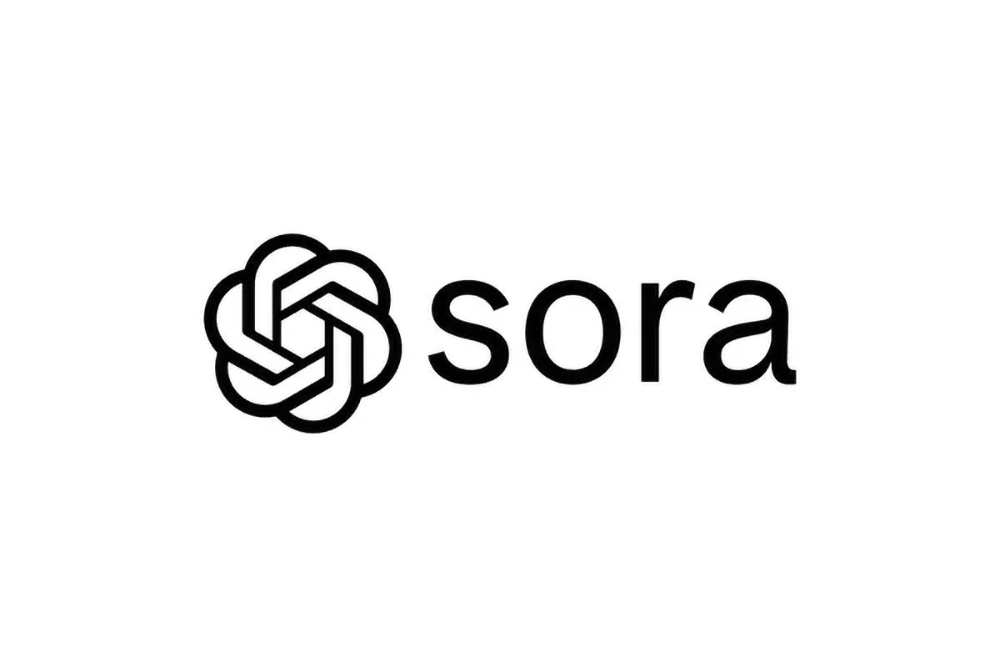OpenAI, a pioneer in artificial intelligence, has consistently pushed the envelope with groundbreaking innovations. Following the notable successes of its text-based models like GPT-3 and GPT-4, and the visually stunning outputs from DALL-E, OpenAI has announced the development of Sora, an advanced generative AI model designed to convert textual descriptions into dynamic, up to a minute long video content while maintaining visual quality and adherence to the user’s prompt. The new model will transform the way we create, consume, and interact with video content, opening up endless possibilities across various domains.
The Evolution from Text and Images to Video
In just a year, generative AI has come a long way, with models now able to produce text that is human-like and images that are photorealistic when given textual descriptions. Applications for these developments can already be seen in a wide range of industries, including marketing and entertainment. Nevertheless, converting text into coherent, excellent video content adds a new degree of difficulty. Realistic imagery creation is just one aspect of it; other requirements include narrative coherence, seamless transitions, and temporal consistency. Sora aims to meet these challenges head-on, promising to deliver videos that are not only visually compelling but also contextually accurate and fluid.
How Sora Works
Fundamentally, Sora integrates aspects of computer vision and natural language processing (NLP) through sophisticated deep-learning techniques. When a user enters a detailed text prompt, Sora creates a corresponding video clip that visually illustrates the prompt. Large datasets of text-video pairs are used to train the underlying model, which allows it to comprehend linguistic nuances and convert them into smooth, visually appealing sequences.
For instance, if given a prompt such as “A bustling market street in Tokyo at sunset,” Sora can produce a video that captures the lively atmosphere, distinct architectural details, warm tones of the twilight, and nuanced movements of the people and objects in the scene. The artificial intelligence makes sure that the produced video has realistic movements, seamless transitions, and a logical flow. For more in-depth analysis, read Sora’s technical report.
Take a look at photo-realistic Sora’s generated AI videos below.
Potential Applications and Benefits Delivered by Sora
- Media and Entertainment: Content development for web, television, and cinema might be transformed using Sora. Writing screenplays and directing short films from written descriptions is another way that screenwriters and directors can envision scenes before they are shot and explore various settings and moods.
- Marketing & Advertising: With a small investment of resources, marketers are likely to produce interesting video material for particular campaigns. Advertisers can create visually striking ads that connect with their target audience by entering the appropriate theme and message.
- Education and Training: The opportunity to create more immersive and interactive learning materials. By using text descriptions as a basis, educators can create instructional movies that simplify difficult concepts using pictures and animations.
- Virtual reality and Gaming: Sora is great for game and VR developers to quickly prototype locations and scenarios, which boosts creativity and speeds up production.
- Social Media and Personal Use: Creation of dynamic and easily available self-expression through social media by creating personalized video messages, narrative content and artwork.
Technical Challenges Sora Faces Currently
Although Sora has enormous potential, there are a lot of ethical and technological issues that need to be resolved. It is crucial to make sure the generated content is relevant and accurate. Strong content management mechanisms must be put in place to stop the creation of offensive, deceptive or dangerous videos.
Additionally, Sora needs to be trained properly, just like any other AI model, to minimize and prevent biases in the data used for training. Maintaining public confidence and preventing misuse will require accountability procedures for the model’s application and offering clarity about how it operates. Also, producing video footage of high-quality demands substantial computational resources, so a significant technical issue for Sora will be ensuring its efficient operation at scale.
The Future of Sora Model and What to Expect
Sora is well-positioned to increase accessibility, efficiency, and innovation in high-quality video production by bridging the gap between textual descriptions and video generation. This might empower content creation by enabling people and companies of all kinds to create high-quality videos with little or no resources.
In the meantime, we may find ourselves in a world where the only limit to video creation is the scope of our imagination, all thanks to the pioneering advancements of models like Sora.




